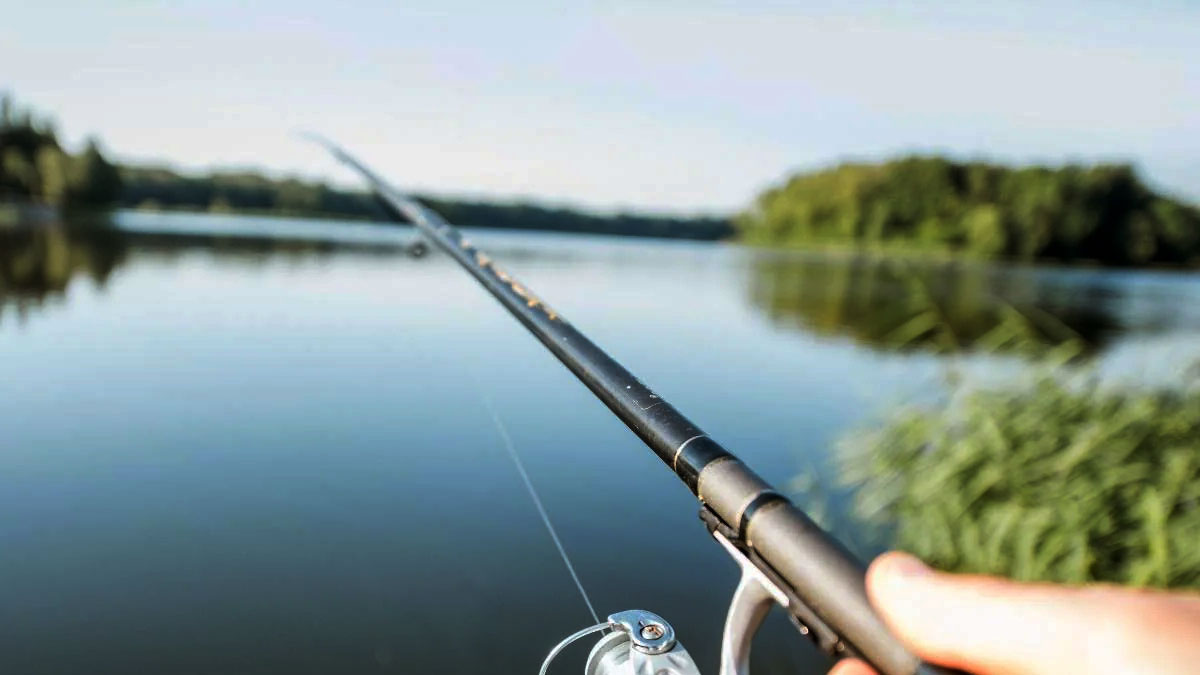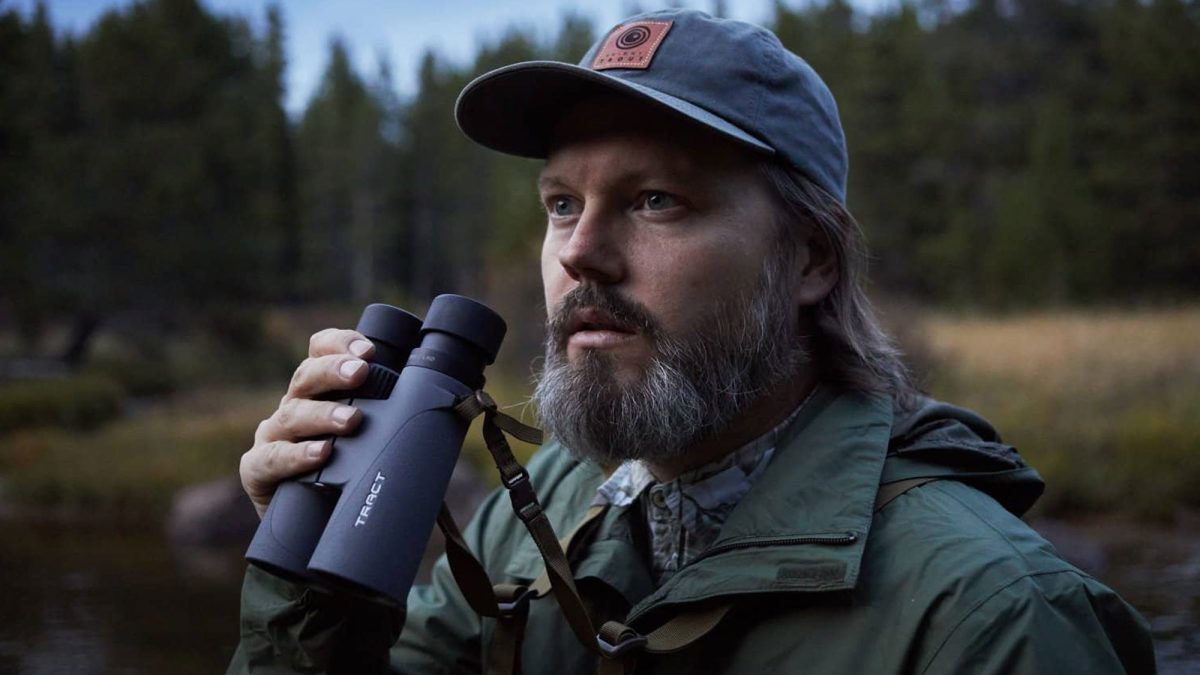Hey there, curious minds! Have you ever found yourself in the midst of a kitchen experiment, perhaps jazzing up a drink with a drop or two of food coloring, and paused to ponder whether you’re witnessing a physical or chemical change? It’s a colorful conundrum that might seem simple on the surface but dives deep into the fascinating world of science. So, let’s stir the pot together and uncover whether adding food coloring to water is a physical change, a chemical transformation, or perhaps a bit of both.
The Essence of Changes: Physical vs. Chemical
Before we get our hands (or beakers) wet, let’s quickly demystify what we mean by physical and chemical changes. It’s all about understanding the nature of the transformation happening right before our eyes.
- Physical Changes are all about alterations in state or appearance, where the substance’s chemical identity stays the party’s life and soul. Think of water freezing into ice or a piece of paper being cut into confetti. The substance is still water or paper, just having a bit of a different experience.
- Chemical Changes, on the other hand, are the drama queens of transformations. They involve making or breaking chemical bonds, resulting in substances with entirely new chemical properties. Burning wood, rusting iron, or baking a cake (yes, baking is chemistry!) are prime examples.
Diving into the Colorful Depths
So, where does adding food coloring to water fall on this spectrum? When you squeeze a few drops of food coloring into water, you’re not creating a new substance. The water isn’t undergoing a chemical identity crisis; it’s merely donning a new look. The food coloring disperses throughout the water, changing its appearance, but both the water and the dye retain their original properties.
The Physicality of It All
Given our exploration, it’s clear that adding food coloring to water is a physical change. The process is reversible (though it might take some effort and additional water to get there), and no new substances are formed. The water remains H2O, and the food coloring stays as its delightful self, merely spread out in the water to give it a new hue.
But Wait, There’s More: The Role of Dissolution
One might argue that the process of dissolution – the food coloring dissolving in the water – feels like a bit of a chemical affair. However, dissolution is considered a physical process. The dye molecules are getting cozy among the water molecules, spreading out through diffusion, but they’re not chemically reacting with each other. Each molecule remains unchanged, merely enjoying the company in their colorful dance.
The Takeaway: A Blend of Science and Art
Understanding whether adding food coloring to water is a physical or chemical change isn’t just about labeling; it’s about appreciating the intricate dance of molecules that make up the world around us. It’s a reminder that science isn’t just found in labs with beakers and Bunsen burners but in our everyday lives – in kitchens, gardens, and even in a glass of water waiting to be transformed with a drop of dye.
Stirring Up Conversations: Beyond the Beaker
This colorful experiment is a fantastic way to spark interest in science, offering a simple yet effective demonstration of physical changes. It’s an excellent starting point for discussions about molecular interactions, the properties of water, and the nature of substances – concepts that are foundational in chemistry and physics.
Wrapping It Up: A Palette of Possibilities
In conclusion, adding food coloring to water serves as a vibrant illustration of a physical change, blending the worlds of science and creativity. It’s a testament to the beauty of exploring the mysteries of the universe with curiosity and wonder. So next time you find yourself playing with food coloring, remember that you’re not just making art – you’re engaging with the fundamental principles of science that govern the natural world.
Whether you’re a budding scientist, an enthusiastic teacher, or simply someone who loves to explore the wonders of the everyday, the world is your laboratory. Each experiment, no matter how small, is a brushstroke in the grand painting of understanding that we’re all contributing to. So keep questioning, keep experimenting, and let the colors of curiosity guide you on your journey of discovery.






Leave a Reply